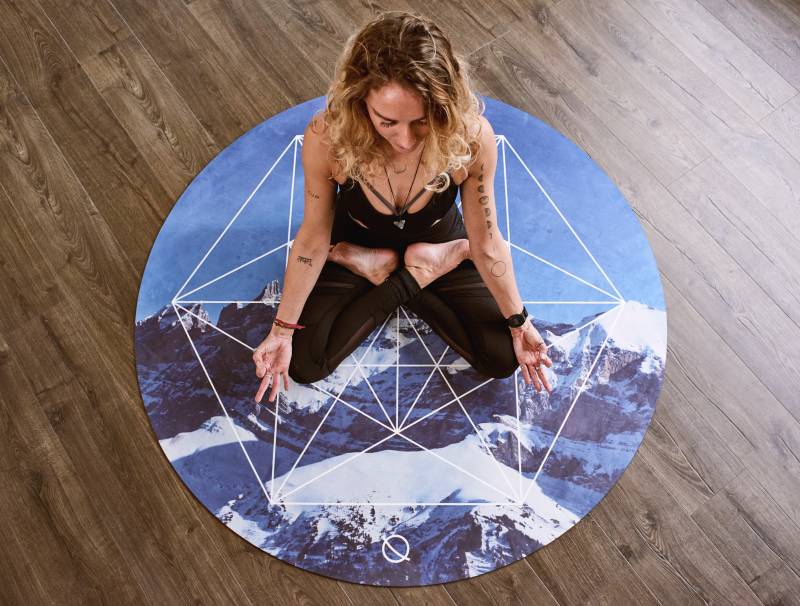BEST IDEA-CREATION METHODS. PART 1
1. Brainstorming is a well-known method that helps to find fresh ideas for a small team (5-10 participants):
- Define the problem;
- Give around 15 minutes for each member of the team to write down their thoughts and ideas in regard to the issue;
- While each participant shares his ideas, the presenter writes them down on the board/paper;
- The group can provide their feedback after each author finishes his presentation.
In this method encouraging absurd ideas is a core. Do not criticize or try to get into details. Brainstorming is about creating a stock of brick ideas and it is up to you what type of masonry to apply.
2. Reverse brainstorming. This technique consists in a search of disadvantages of a particular object and the remedies against them. This method was invented by General Electric. It is suitable for solving specific problems in different scopes.
- Give each participant up to 15 minutes in order to come up with all possible disadvantages of the described object;
- Each participant should share his ideas;
- The leader writes down all the ideas on the board;
- After everyone expresses his opinion, the team should discuss how to get rid of the defects by applying the method of brainstorming;
- Any criticism should be encouraged.
3. The flip. This technique was invented by Edward de Bono, an expert in creative thinking. The idea consists of writing down all the possible solutions to the problem and editing them in such a way that they acquire a completely opposite meaning.
- After stating the problem, write down everything that comes to your mind when you think about solving it. These can be thoughts about the problem statement, methods of its solving, the way this problem relates to other problems. Write down anything that comes to your mind!
- Now edit your thoughts that you have recorded in written form in such a way so that they change their meaning to the opposite. Replace the words with antonyms, change the word order, play with "not".
- Ponder about each "inverted" assumption and ask yourself, under what conditions it could be a good solution to your particular problem.
- Write down your ideas and choose the best ones.
4. Insight method. This method was used by people in different scopes, where the creativity is indispensable. Dali and Descartes are a good example of a successful application of the subconscious power. In essence, you need to record the content of your dreams and use this information for problem shooting. Before you go to sleep, shape the problem that you want to solve. As soon as you wake up, write down everything that you dreamed about. Answering the following questions will help you to find a solution to your problem :
- What people, things, places, and events have I seen?
- What are the most vivid images of a dream that I remember?
- How did I feel during the dream?
- How can I associate my problem and the content of a dream?
From the first sight, it is difficult to trace any connection between your dream and the problem. Hence, avoid rigid approach and do not try to see obvious solutions
5. The Kipling Method. The method is based on the famous poem by Rudyard Kipling. It consists of analyzing the problem and developing ideas by using the questions "What?", "Where?", "When?", "How?", "Why?" and "Who?"
- Ask yourself six basic questions: "What?", "Where?", "When?", "How?", "Why?" and "Who?"
- As soon as you answer them, ask additional questions. These might be:
- How many?
- Why not?
- What is the time frame?
- Who can cope with this?
I hope that these creative techniques will help you study the problem thoroughly, boost the process of generating ideas, find many creative solutions and overcome psychological blocks.






















